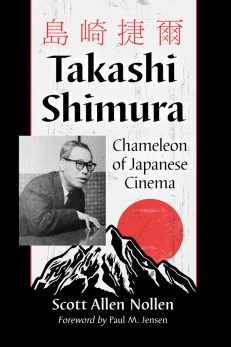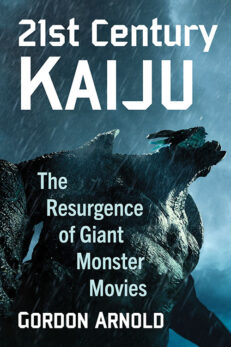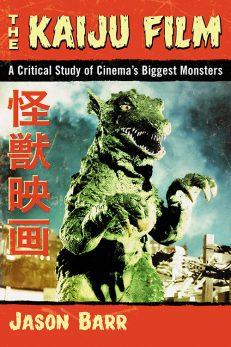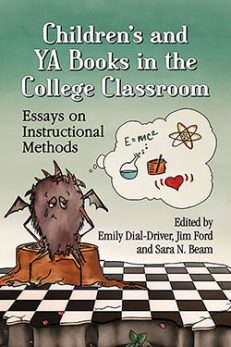Children’s and YA Books in the College Classroom
Essays on Instructional Methods
$39.95
In stock
About the Book
Using children’s and young adult literature is a great way to enhance a variety of college classes in fields as varied as biology, computer game development, political science and history. This collection of new essays by educators from a number of disciplines describes how to use such works as Where the Wild Things Are, The Tale of Peter Rabbit, Swamp Thing, Percy Jackson, and Harry Potter to introduce complex concepts and spark interest in difficult subjects. The contributors describe innovative teaching strategies using dystopian fiction, graphic narratives, fairy tales and mythology. Often overlooked or dismissed by teachers, children’s literature can support student learning by raising levels of academic rigor, creativity and critical thinking.
About the Author(s)
Bibliographic Details
Edited by Emily Dial-Driver, Jim Ford and Sara N. Beam
Format: softcover (6 x 9)
Pages: 308
Bibliographic Info: 7 photos, bibliographies, index
Copyright Date: 2015
pISBN: 978-0-7864-9502-3
eISBN: 978-1-4766-2115-9
Imprint: McFarland
Table of Contents
Preface (Emily Dial-Driver) 1
Introduction (Jim Ford) 3
Part I: Inside the English Classroom
Out of the Sandbox (Emily Dial-Driver) 9
In Appreciation of Mere “Horseflesh” Sara N. Beam 20
Magical Persuasion (Scott Reed and Frances E. Morris) 29
Once Upon a Time (Nataliya Romenesko) 37
Making a Case (Robin M. Murphy and Macy McDonald) 52
Graphic Language (Devices) in the High School Classroom (Jesse Stallings) 59
Steppin’ Out with “Jabberwocky” (Mike Turvey) 70
Composing a Work That No One Hero Could Compose Alone (Sara N. Beam and Holly Clay-Buck) 77
The Truth About Native Stories (Sally Emmons) 93
Part II: Beyond the English Classroom
Shifting Perspectives (Hugh Foley) 105
The Story, Myth, Legend of Jumping Mouse (David Newcomb) 111
Happy Hedgehogs, Happy Students (Gioia Kerlin) 120
Unwinding Ethical Questions (Jacqueline Bach, Melanie Hundley and Emily Tarver) 127
Children’s Books from Serious, Adult Concepts (Laura Gray and Gary Moeller) 136
Image and Text in The Tale of Peter Rabbit (Michael McKeon) 145
Trees, Not Poles (Peter Macpherson) 153
Freedom (Carolyn Taylor) 164
Thinking About the Unthinkable (Paul B. Hatley) 178
Biology Tales (D. Sue Katz Amburn) 186
Biblical Studies through Yertle, Aslan and Little Red Riding Hood (Gregory Stevenson) 192
Timber!!! (Francis A. Grabowski III) 202
Growling Bears (Weldon Lee Williams and David Blakely) 212
Girls and Boys Stay In with Media (Juliet Evusa) 220
Part III: Student Perspectives
The Whole Picture (Erika Carter) 237
Sources of Morality (Kimberly Qualls) 244
My Lady Hero (H. J. Bates) 250
Tulsa’s Coming-of-Age Stories (Jessica Limke) 259
Into the Swamp (Davey Rumsey) 274
Epilogue (Sara N. Beam) 281
About the Contributors 283
Index 287
Book Reviews & Awards
“Highly recommended”—Choice.





